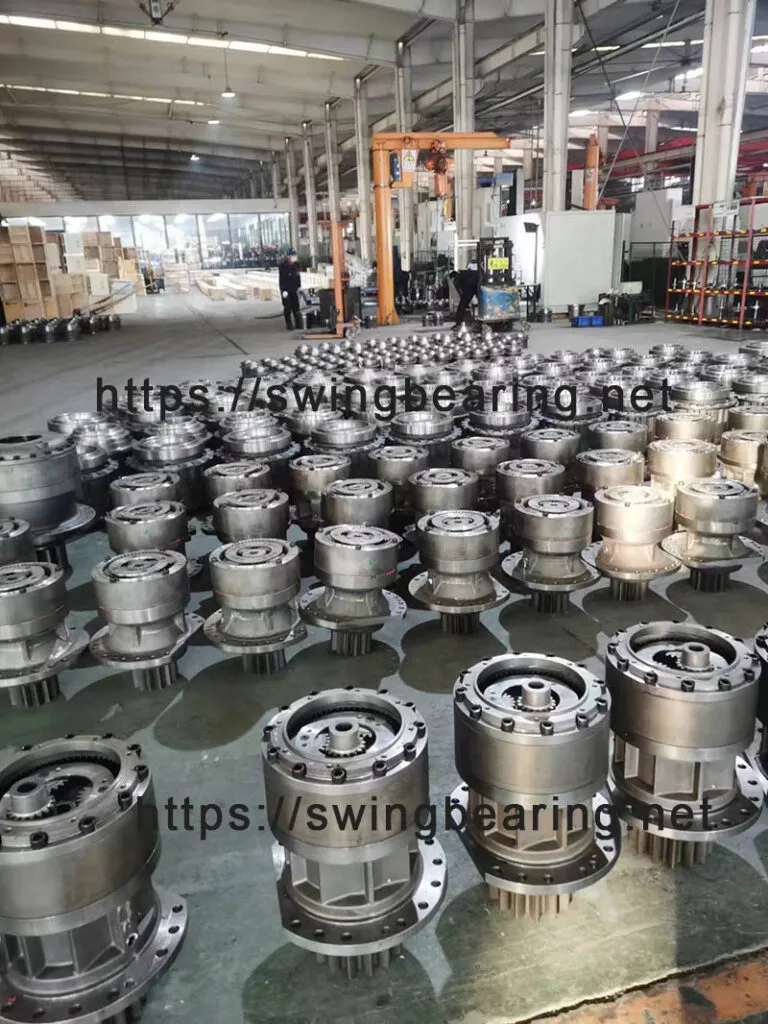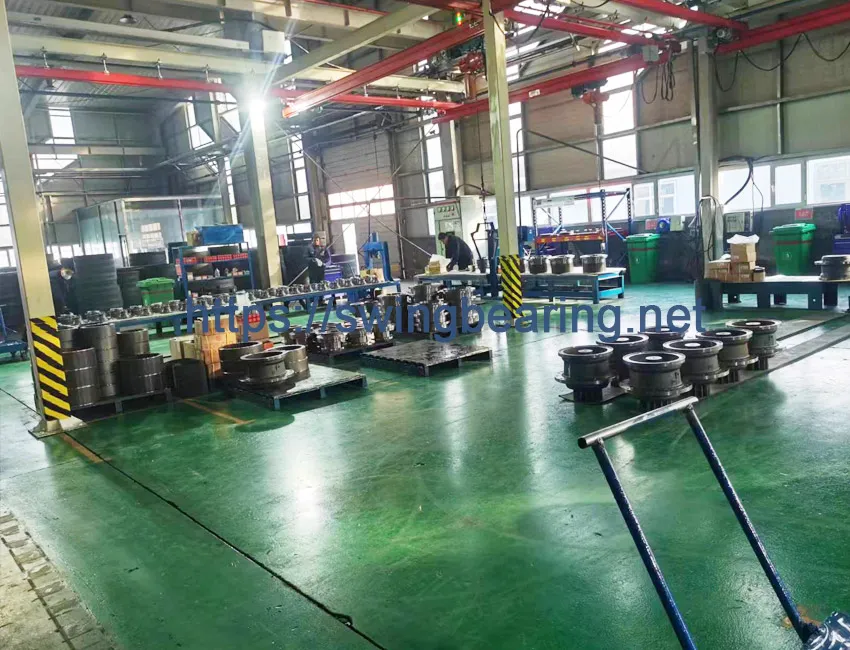
An excavator is a versatile and indispensable machine in the construction industry. With new, smart tools and job-specific attachments, the range of work excavators can perform continues to grow. Despite these advancements, many of the core components of an excavator remain the same—final drives and travel motors to propel and position the excavator, cylinders to control the stick and boom, tracks or wheels, springs and sprockets, valves, and buckets. At the heart of these components lies the penggerak ayun, which allows the machine to pivot and spin its house and attachments smoothly and efficiently.
The ability to swing sets the excavator apart from other digging machines, enabling it to perform tasks with greater flexibility and precision. If you’ve ever wondered exactly what a swing drive is and how it works, this article is for you.

A swing drive consists of a swing motor and a swing gearbox working together to rotate the excavator’s house and attachments. This hydraulically-driven component is essential for the excavator’s functionality, enabling the machine to perform a wide range of tasks by allowing the upper part of the machine to rotate 360 degrees around its center axis.

The swing drive is centrally located within the excavator, dividing the upper, pivoting parts of the machine from the lower, traveling parts. This central placement allows the upper components to rotate freely around the excavator’s center axis, providing the flexibility needed for various construction tasks.
Without a swing drive, the excavator’s house and attachments would be fixed in relation to its tracks, requiring the operator to reposition the entire machine to change the position of the digging tools. This would significantly reduce the excavator’s efficiency and versatility on the worksite.

The primary function of the swing drive is to enable the upper components of the excavator to rotate, but its design must also ensure smooth, controlled motion. The internal hydraulic components, including various valves, ports, and bearings, allow the operator to manage the speed and direction of the motor through controls in the cab.
By manipulating hydraulic ports via a joystick, the operator can precisely control the movement and position of the excavator’s upper parts. The pinion gear at the bottom of the swing drive connects to the slewing gear, facilitating the rotation of the excavator’s house around the stationary slewing gear.
Operating a swing drive involves a complex set of controls within the excavator’s cab. The machine is equipped with pedals and handles to manage the undercarriage and joysticks to control the boom, stick, bucket, and swing. Advanced smart controls, screens, and tech-forward widgets provide additional functionality, allowing an expert operator to perform intricate and precise movements.
The swing drive is a fundamental component of an excavator, enabling it to perform a wide range of tasks with precision and efficiency. Understanding the swing drive’s function and components is essential for anyone working with excavators, as it highlights the importance of maintenance and proper operation to ensure optimal performance.
Q1: What is the primary function of a swing drive?
A1: The primary function of a swing drive is to allow the upper components of an excavator to rotate 360 degrees around its center axis, enabling the machine to perform various tasks with flexibility and precision.
Q2: Where is the swing drive located in an excavator?
A2: The swing drive is centrally located, dividing the upper, pivoting parts of the excavator from the lower, traveling parts. This central placement allows for the rotation of the upper components around the machine’s center axis.
Q3: How does the swing drive contribute to the excavator’s functionality?
A3: The swing drive enables the excavator’s house and attachments to pivot and spin, providing the flexibility needed to perform a wide range of tasks. Without it, the excavator’s efficiency and versatility would be significantly reduced.
Q4: What are the key components of a swing drive?
A4: Key components of a swing drive include the swing motor, swing gearbox, planetary gear system, pinion gear shaft, and slewing gear/slewing ring.
Q5: How does an operator control the swing drive?
A5: An operator controls the swing drive using a combination of pedals, handles, and joysticks within the cab. These controls manage the speed and direction of the swing motor, allowing precise movement and positioning of the excavator’s upper parts.